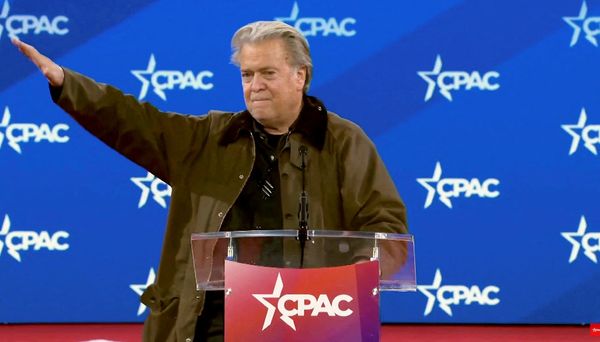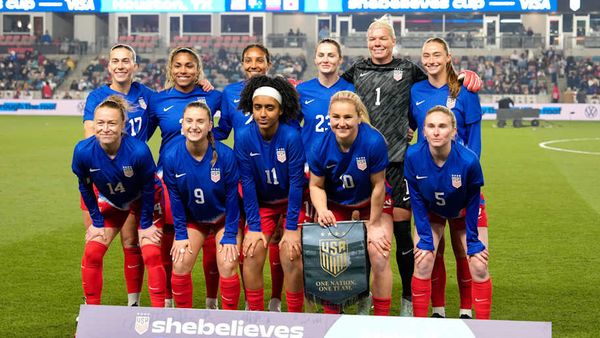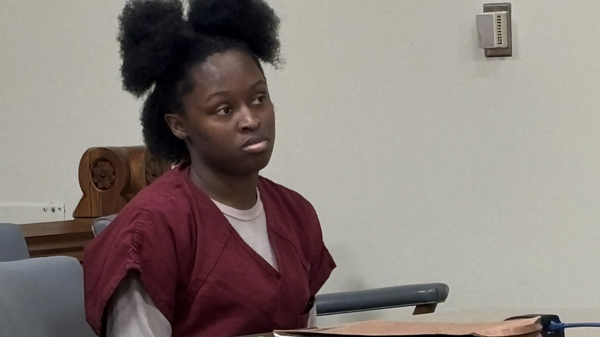
There were several misguided elements to this week’s Josh Frydenberg-Kooyong kite-flying foray.
For one, the optics. The former treasurer was contemplating pushing aside a 31-year-old woman, Amelia Hamer, because the draft boundaries seemed more winnable — hardly a sign the Liberal Party had heeded the message of the 2022 federal election.
For another, the Libs jumped the gun. Early analysis suggested parts of Higgins joining Kooyong were royal blue, but this overlooked the fact Higgins hadn’t previously had a teal candidate, with no clear way to project how the newest Kooyongites would vote.
But perhaps most misguided was the assumption Frydenberg would be more competitive than Hamer in Kooyong, which — like the rest of the country — has a growing number of millennials and Gen Zs, for whom the current Liberal brand is anathema. Kooyong currently has the highest proportion of 18-24-year-olds in Victoria, partly due to Swinburne University; 60% of those who have enrolled since 2022 are under the age of 40, while the majority of those departing are over 50.
Young millennial Hamer looks like the kind of voter the Coalition desperately needs to start speaking to; middle-of-the-road Gen-Xer Frydenberg absolutely does not.
But what of teal incumbent Dr Monique Ryan, herself on the boomer end of Generation X?
There’s no doubt Ryan is across this demographic shift — it was, after all, part of what got her elected. The former paediatric neurologist, who defeated Frydenberg on the teal trifecta of climate, gender and integrity, says she aims to represent all age groups in Kooyong.
(I interviewed Ryan before Frydenberg’s kite went up. My follow-up questions about his potential return drew a no comment as well as a stock standard about how connected she feels to the new bits of Kooyong.)
It’s clear Ryan has her eye on young voters, and not just through her focus on climate. Her petition to fix unfair HECS/HELP debt indexation attracted 288,000 signatures and national attention, with the independent MP garnering some credit when the Albanese government finally changed it.
When I ask about the HECS win, Ryan is quick to point out that “others were there too”, noting much of the crossbench had spoken out. Nevertheless, she is currently plastering her electorate with posters that read “DR MONIQUE RYAN JUST CUT HECS DEBTS”. Redbridge pollster Kos Samaras, who has previously done polling for Climate 200, says Ryan’s HECS crusade was “probably the most successful campaign run by any politician in this current term, in terms of cut through,” adding that her name comes up favourably in focus groups around the country.
If the HECS campaign attracted attention, then so too has Ryan’s social media — just not in the mainstream media. It’s worth noting coverage of Ryan has dimmed somewhat in the aftermath of her high-profile 2023 legal battle with former staffer Sally Rugg, which some pitched as emblematic of a wider societal problem around work culture, and others dismissed as the reality of working life in federal politics.
Ryan calls it an “unfortunate situation” that took place in the first six months of her term, adding that she has moved on and she hopes Sally has, too — it remains to be seen whether quiet-quitting millennials have lingered on it.
The Kooyong MP still sometimes faces mockery on X over the Rugg dispute, but she’s still remarkably popular on more youth-dominated platforms. On Instagram, @mon4kooyong has amassed 110,000 followers, more than the Labor, Liberal and Nationals pages combined; the only current politicians with greater followings are Anthony Albanese, Penny Wong and independent David Pocock. Ryan’s TikTok, meanwhile, has just hit 50,000 followers, beaten only by Greens firebrand Max Chandler-Mather — though arguably her recent posts have higher engagement.
Those posts are mostly focused on #intergenerationalinequity, with the MP delivering short, sharp pieces to camera, often off the back of an infuriating clip. In one recent video, she critiques Peter Dutton’s scapegoating of migrants, arguing the Liberal Party is responsible for unattainable house prices (it has been viewed 197,000 times on Instagram and 98,000 times on TikTok).
In another, she calls out an A Current Affair journalist questioning whether young people are “lazy, disinterested or both”, pointing out how much more expensive housing and degrees are these days. Combining TikTok and Instagram, it has been viewed 3 million times. Top comments include “Bro can you be prime minister” and “Oh u ate her up”.
Obviously, not all of those followers are in Kooyong. But it’s clear Ryan and her team have figured out, through some trial and error, how to speak to young voters — or as she puts it, “to talk about sometimes complex stuff in a way that’s respectful… explicatory but not lecture-y”. Ryan is explicitly speaking to a group that often feels unheard.
“A lot of young people feel disenfranchised, and that’s one of the reasons they don’t engage with major media,” Ryan tells me. “We’re trying to say, ‘Look, this is the situation, and this is what we think we should do about it’.”
It might surprise some to learn that the MP posting most effectively about generational inequity is a 57-year-old woman representing Melbourne’s leafy east. But as I noted in a previous essay, the teals have offered up a number of unexpected positions on inequality. The ever-present question is whether they will actually use a hypothetical balance of power to advocate for policies that reduce inequity, potentially pissing off their wealthier constituents.
Ryan assures me older people in her electorate are concerned about this too: they want their kids to be able to afford a home; they also want grandkids. While climate and cost of living would be the most important issues in determining confidence and supply, Ryan says she would also use any balance of power to push for tax reform aimed at reducing intergenerational unfairness.
All of that is easy to say until promises like that can actually be tested, but in the meantime the incumbent is maintaining a laser-like focus on the youth vote.
This brings us back to 31-year-old renter Amelia Hamer, the Oxford-educated grandniece of former Liberal premier Sir Rupert Hamer, who the Nine papers say brings a “millennial edge to Kooyong”, representing “the very demographic that helped topple … Frydenberg”.
Is Ryan worried about Hamer’s appeal to young voters?
“It comes down to what we offer, really,” she says carefully, noting Hamer is standing for a party that is led by Peter Dutton, and whose answer for first homebuyers is to “raid your super”.
“If I were a 25-year-old voter, I would look to see which of these two people better reflected my value system and the things that I was worried about.”
That sounds like a qualified yes.
This is an instalment of Forget the Frontbench, a column interrogating politicians who wield power beyond the major parties.
Who else should Crikey focus on? Let us know your thoughts by commenting below or writing to letters@crikey.com.au. Please include your full name to be considered for publication. We reserve the right to edit for length and clarity.







